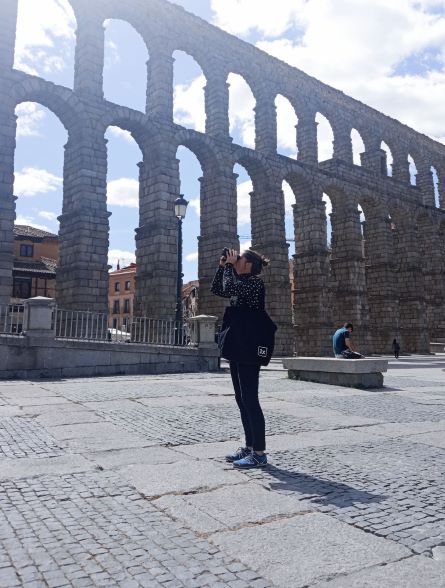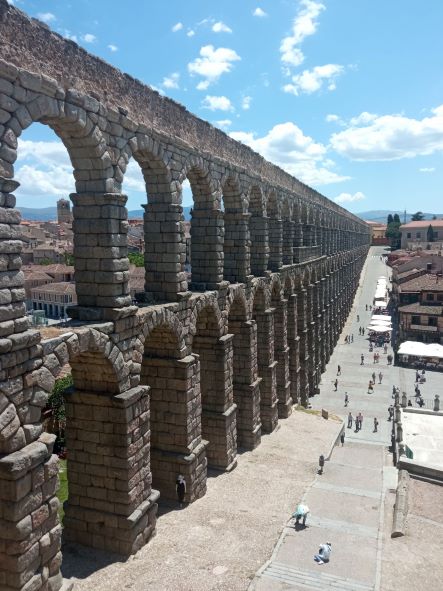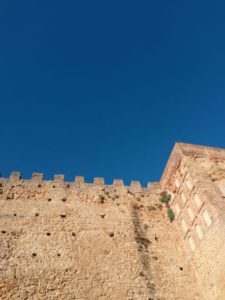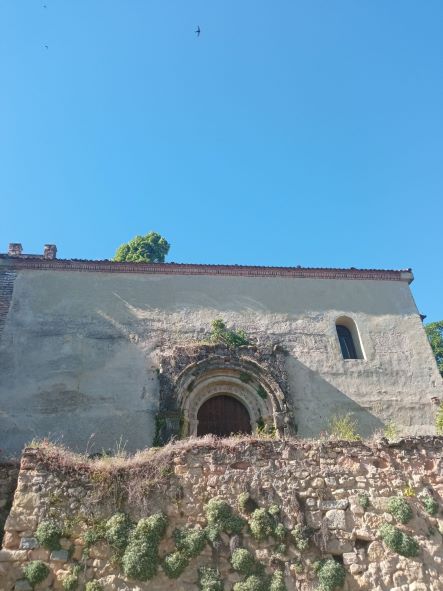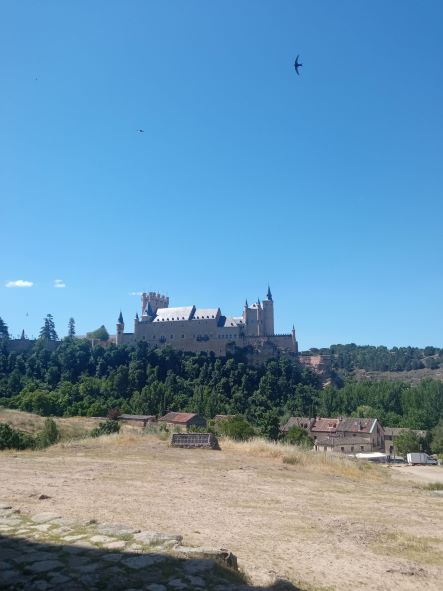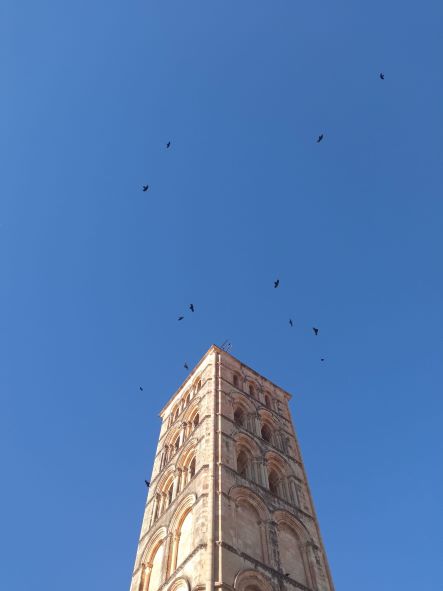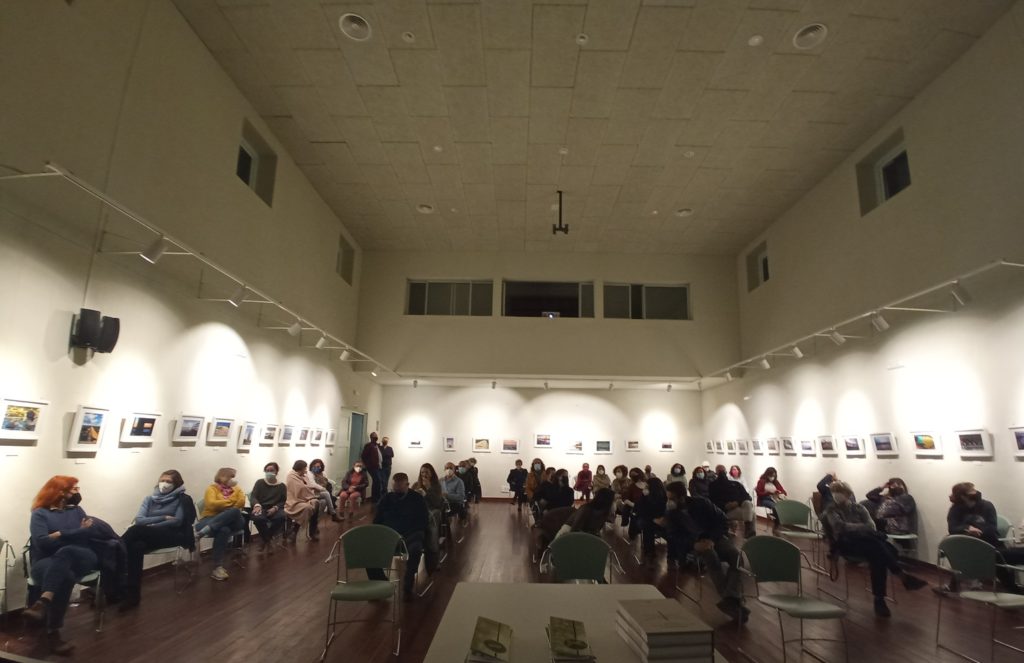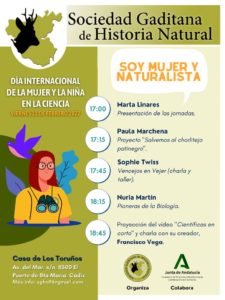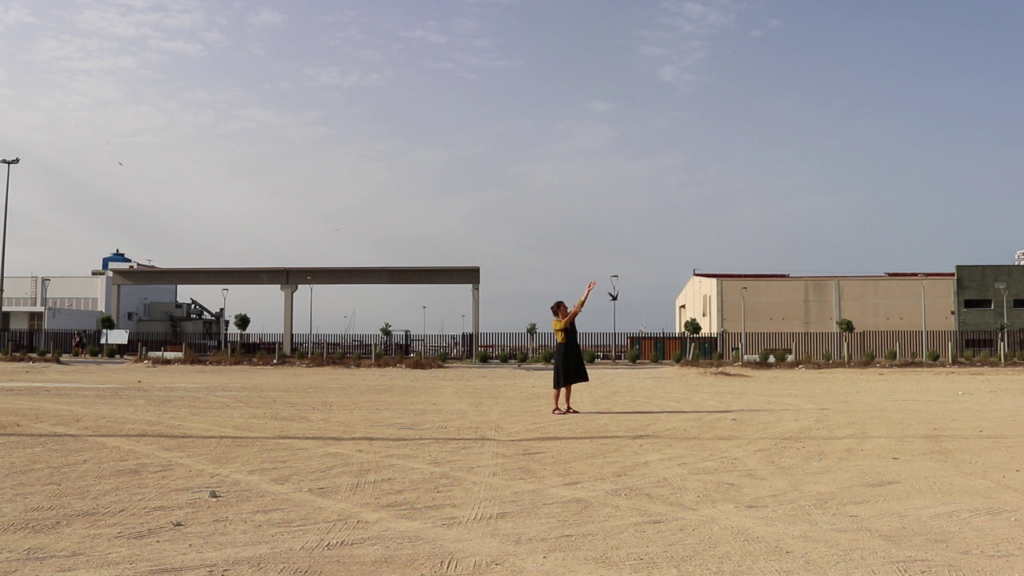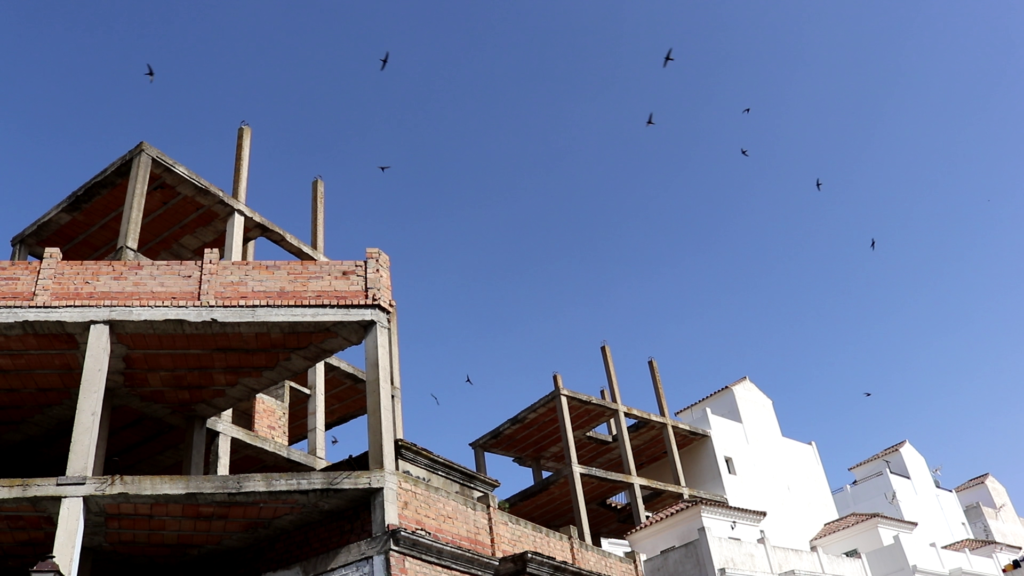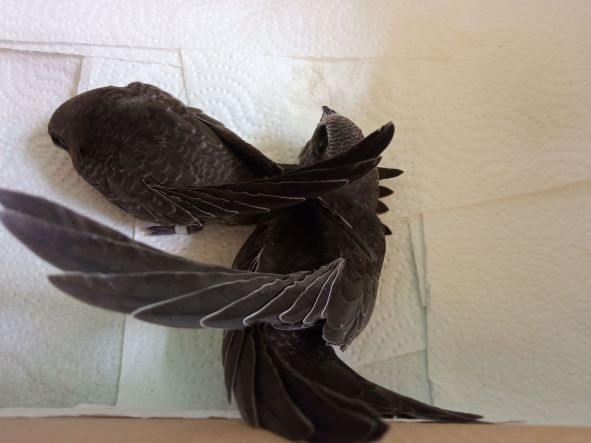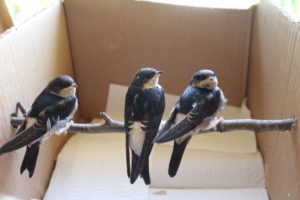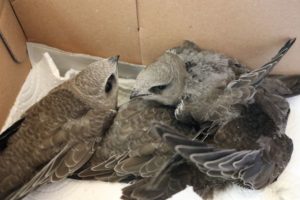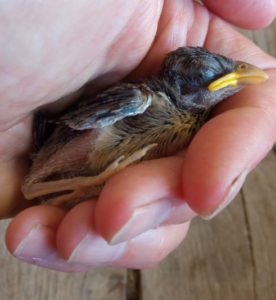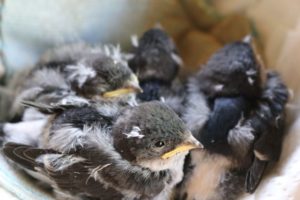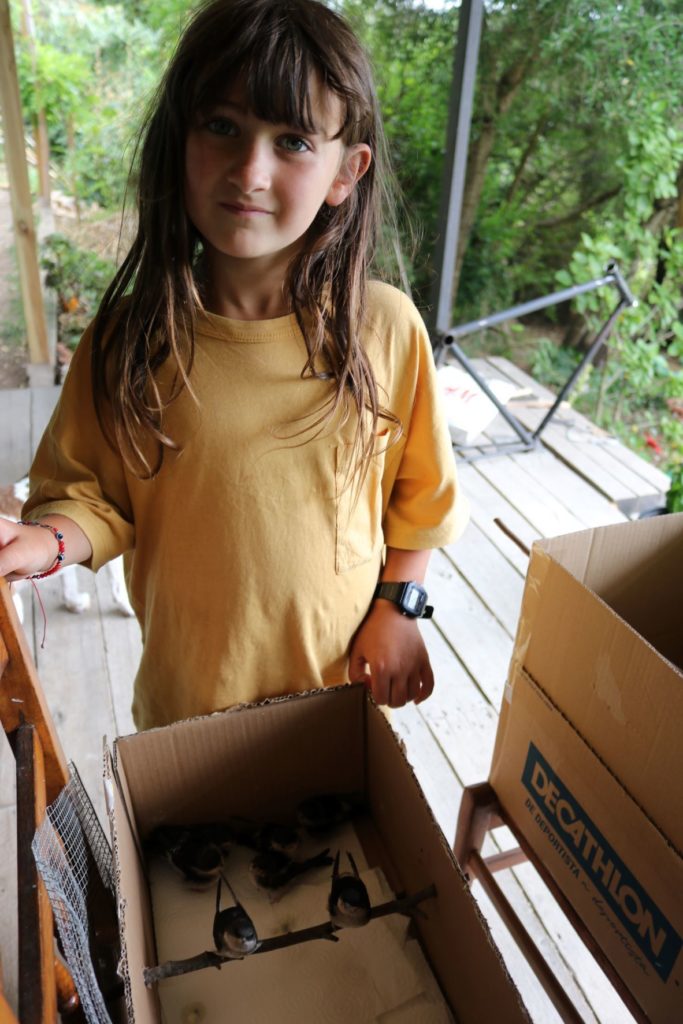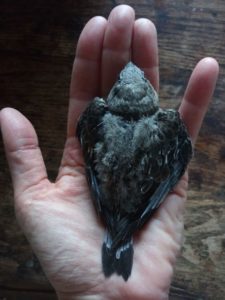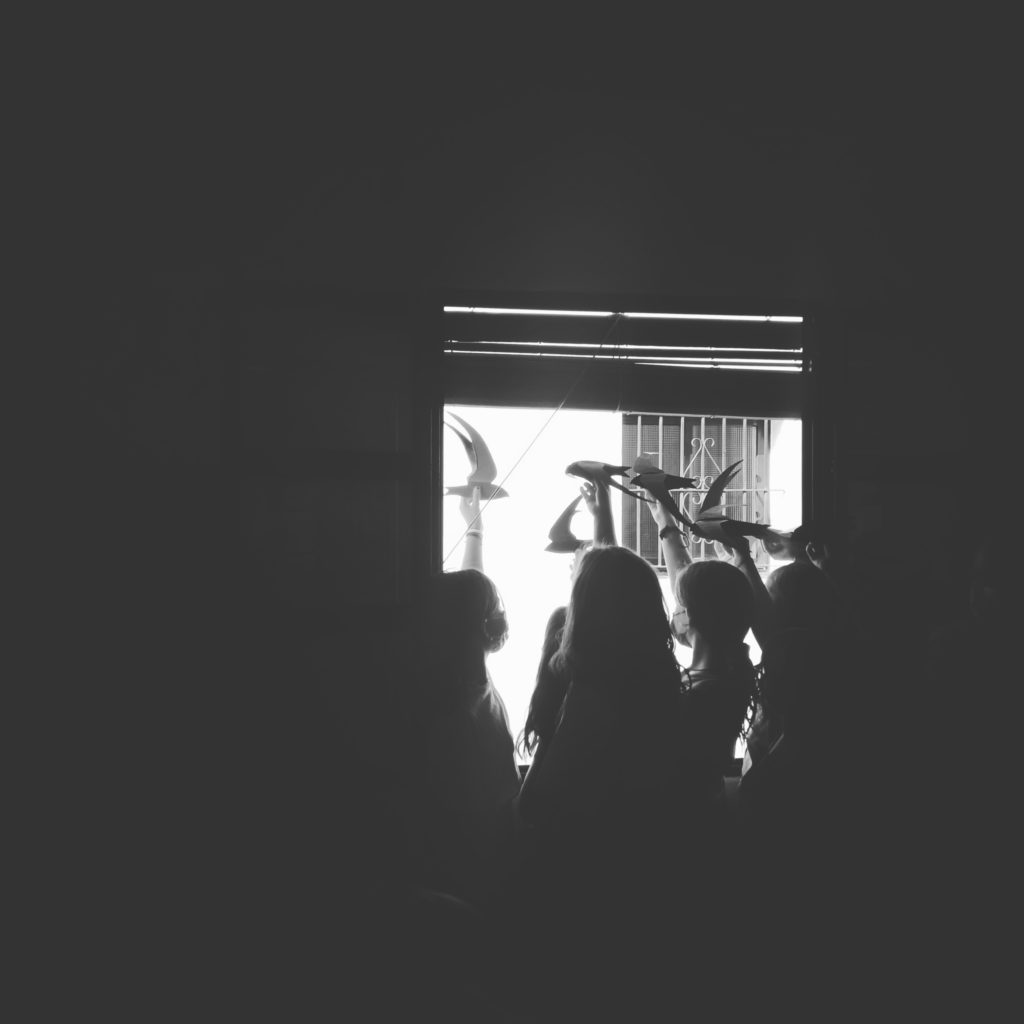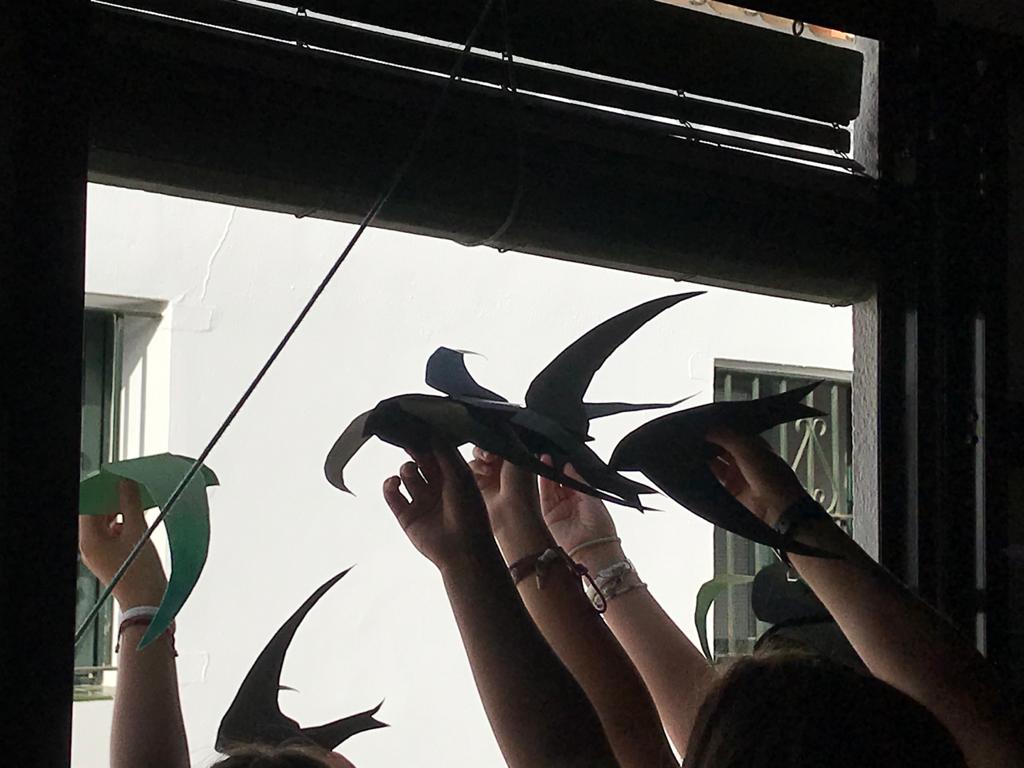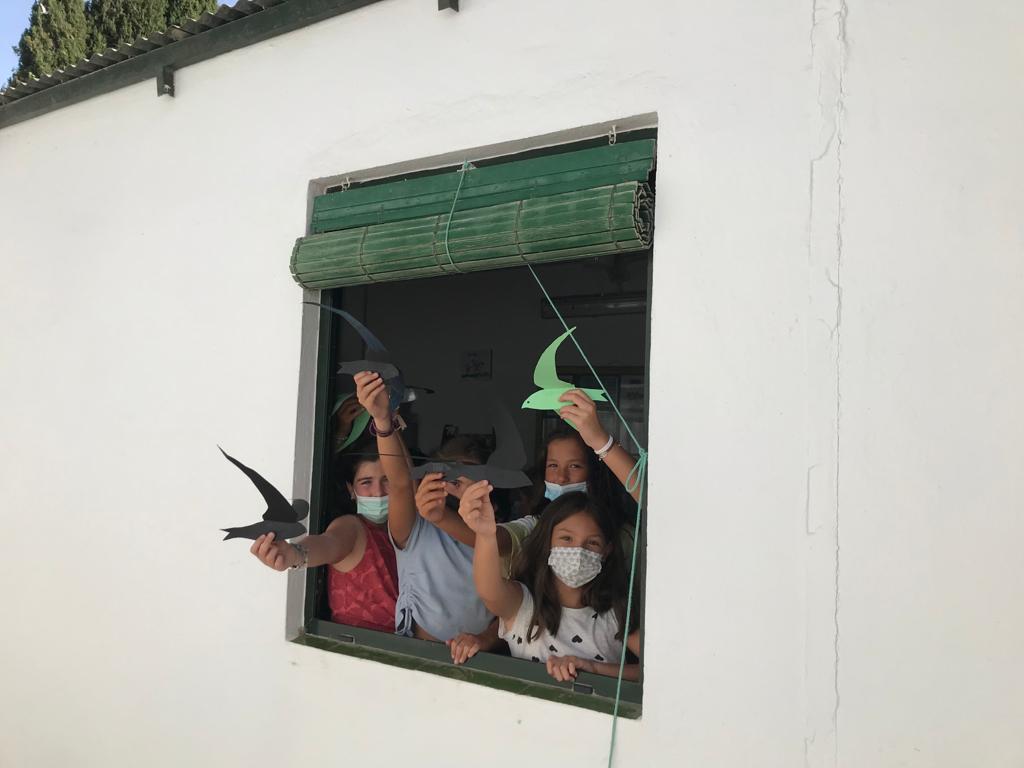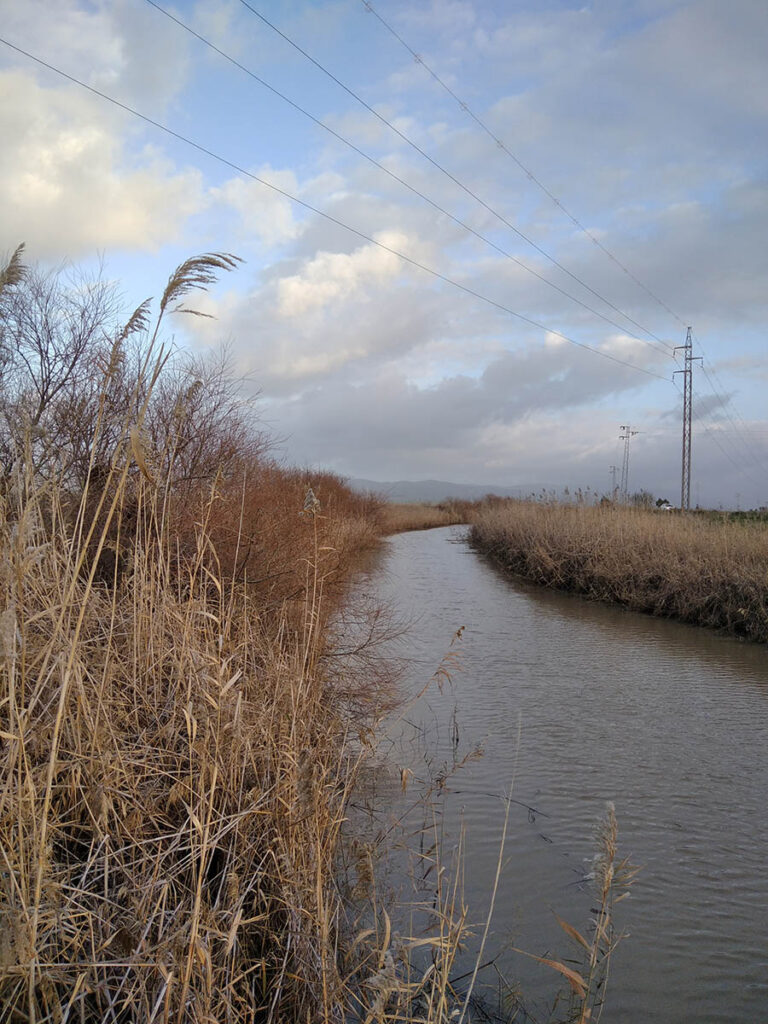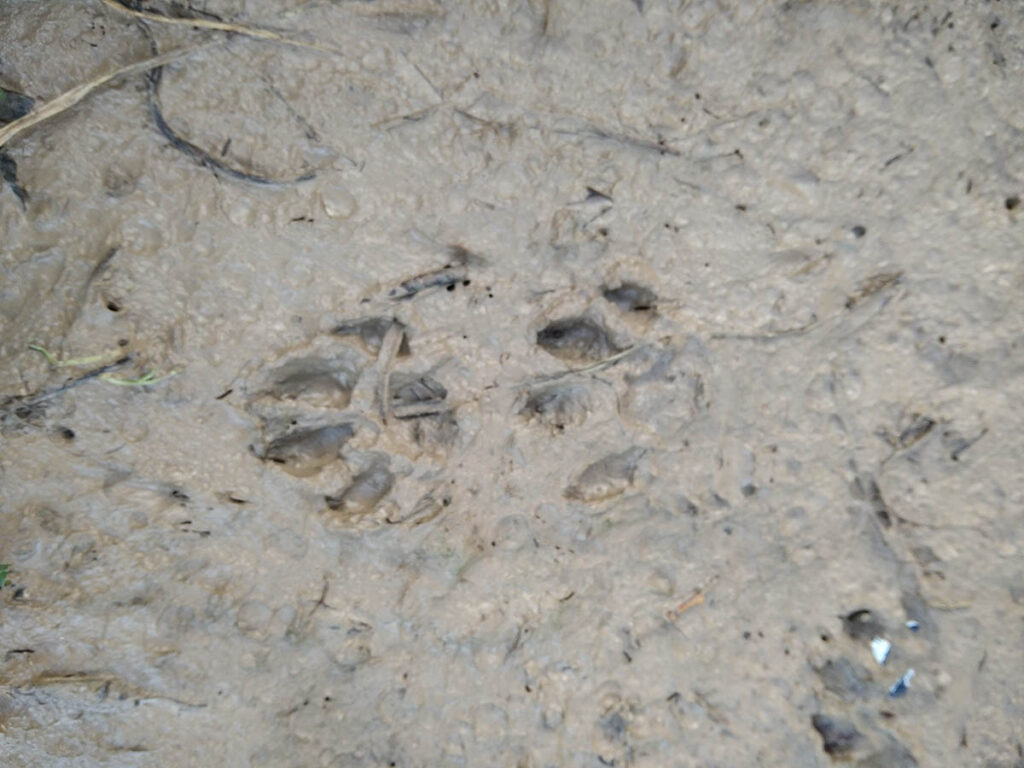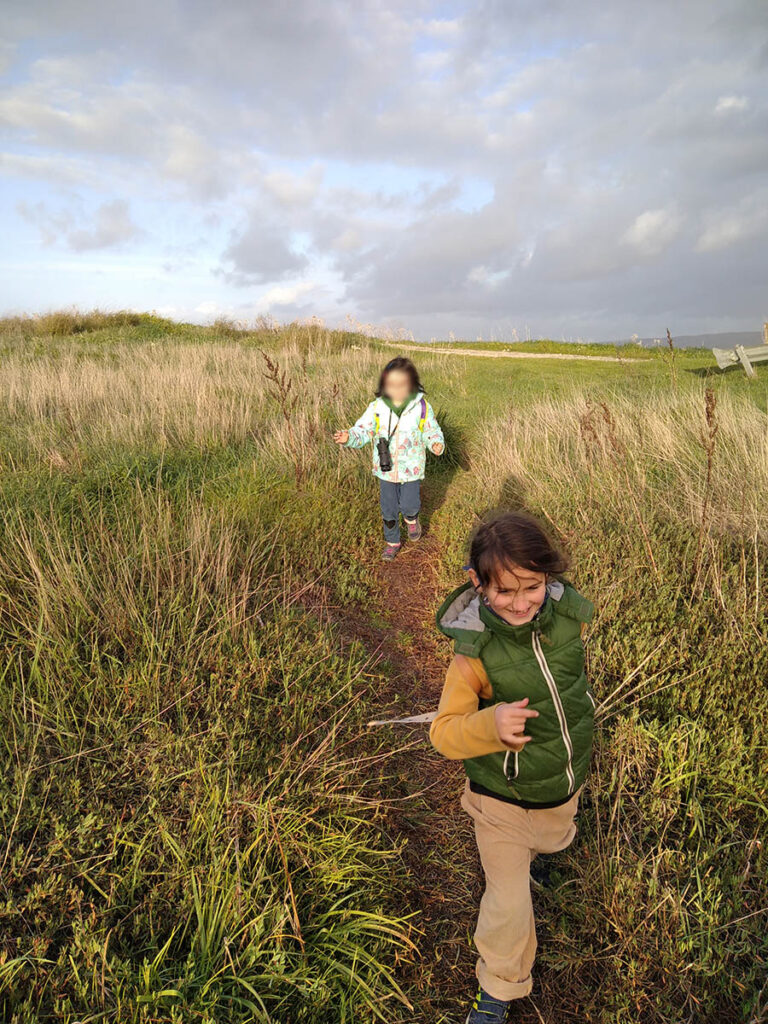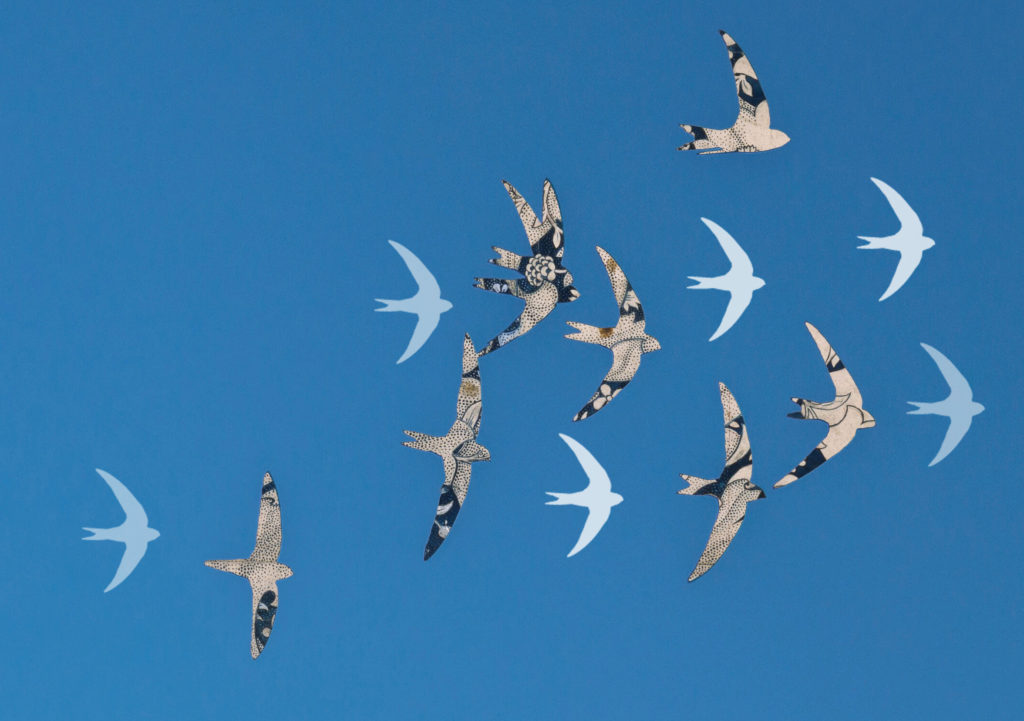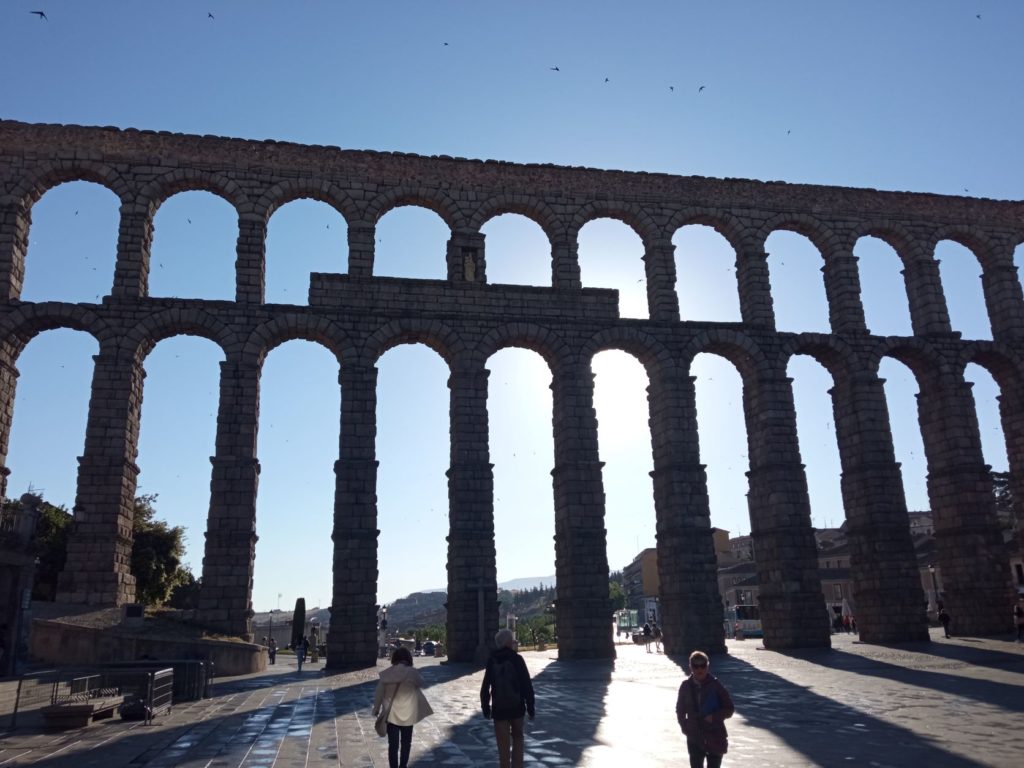
Swift lovers of the world unite! This was a highlight of my year. The aqueduct of Segovia is full of swifts, early morning and in the dusky evening the skies around this impressive structure are filled with the screams and flight of swifts. It is breathtaking. I loved being in Segovia, with its textured and decorated buildings. An unfamiliar Spain to the South I am used to.
It was great to participate in this event. By participate I mean join in, listen, engage, meet people. I wasn’t giving a presentation. The first person I met, as I shly, awkwardly wondered how to speak to people during the first morning coffee break was Lyndon Kearsley, a swift expert whom I had actually been in touch with via email but never met. Lyndon had answered my call for help about the swifts in Vejer, he had also GPS tracked a swift which was spotted right over my house in the South of Spain. A more than happy coincidence which made me feel like I was in definately in the right place, and things just got better from there. I also met Dick Newell swift brick engineer extraordinaire and Edward Mayer who had both been very helpful and instrumental in guiding me through the swift colony crisis I had the previous year.
I listened to days of talks. I learned about swift behaviour, nest boxes, morphology, so many details and so much information. I connected with people who had the same concerns as me, the same interests, working to the same goal. It is so reassuring to find people who will freely, happily, generously share information or even tools with you because they have the same goal. Lynn Fomison and Tim Norriss of Hampshire Swifts kindly donated me swift calls with speakers to attract the swift to the nest boxes I am installing in the school in Vejer.
More than swifts I saw the Choughs of Segovia. Elusive to me during my time in Cornwall this population of city dwelling Segovian choughs are noisy and very present in the city, circling the beautiful towers of the churches and being brawdy on the windows of the cathedral. Impressive. I also saw two tree creepers on a walk around the river, the only tree creepers I have ever seen other than the one that stinned itself on a glass window in the Sierra de Grazalema, which given the circumstances didn’t feel very fair. Also crag martins, that was a beautiful experience.
It was decided that the next swift conference will be in Trieste, Italy in 2024. There is no doubt that I will be there. With my swift friends.
